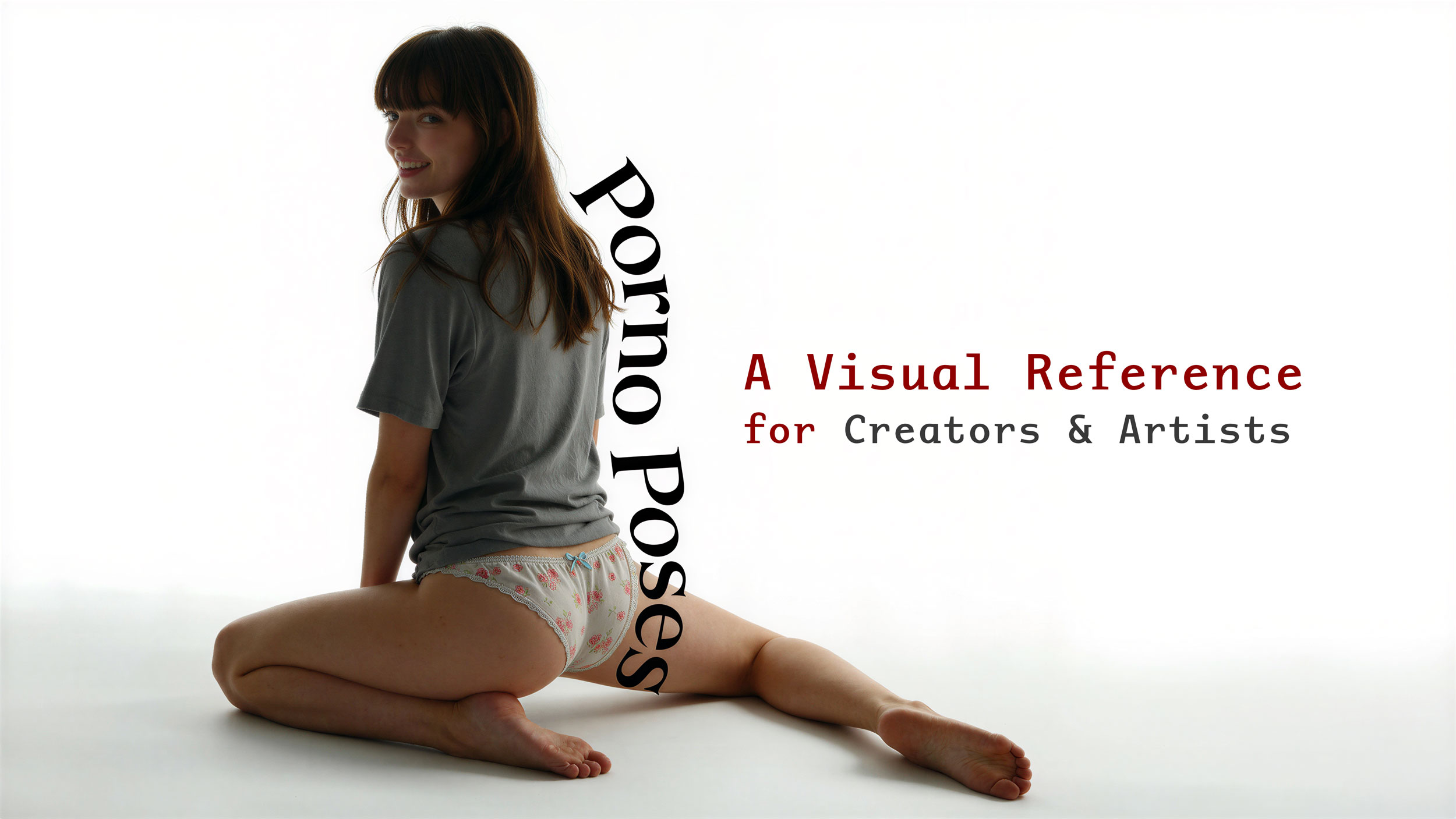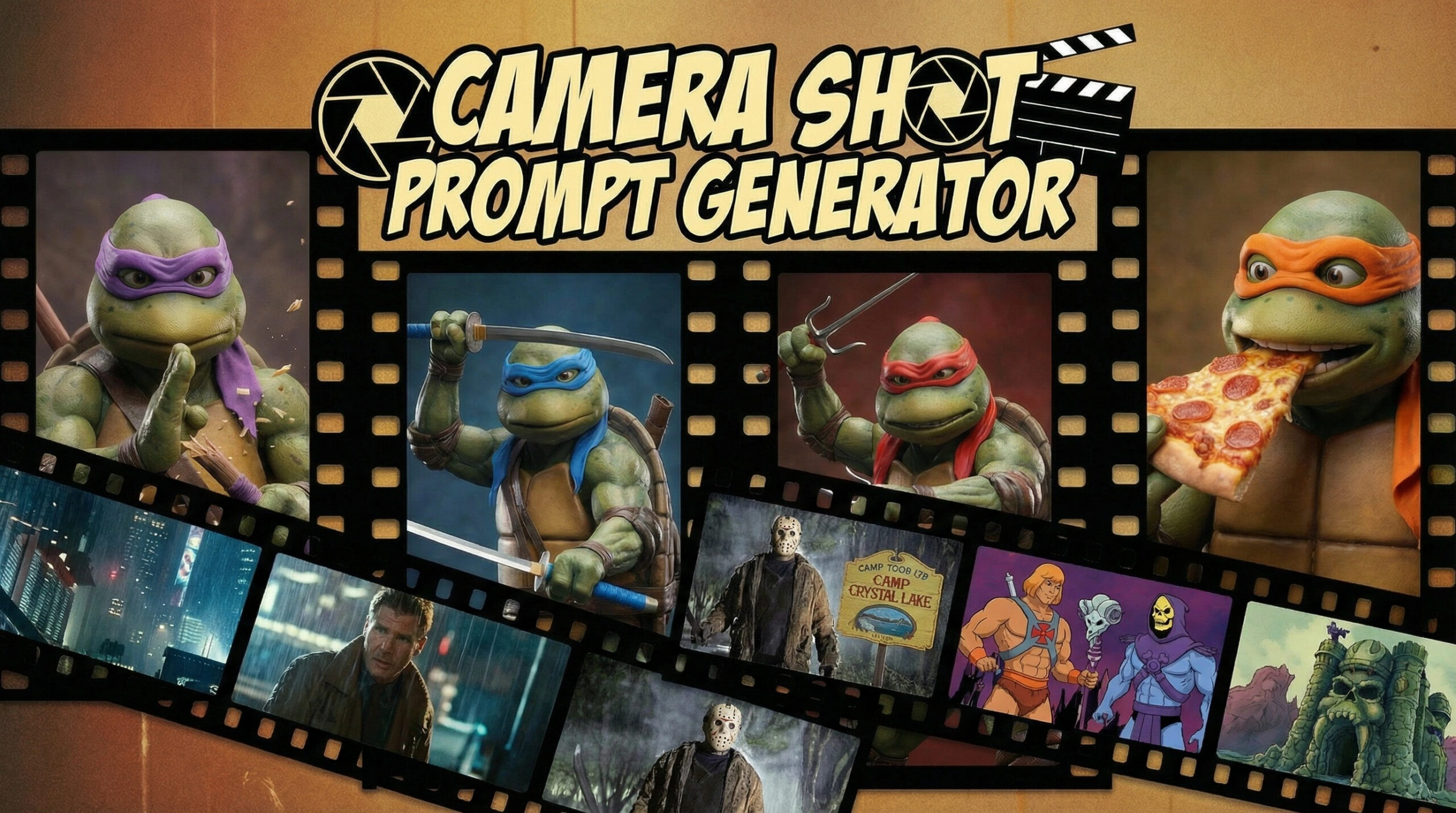
What is DreamBooth? Fine Tuning Text-to-Image Diffusion Models for Subject-Driven Generation
Dreambooth is an incredible tool that allows you to personalize Stable Diffusion models, making them understand and generate content specific to your needs. In this blog, we’ll explore what DreamBooth is, how it works, and provide best practices for utilizing this powerful tool. We’ll also explain the concept of training, helping you understand its significance in personalizing your workflow.
DreamBooth originated as a Google research project designed to enhance Text-to-Image diffusion models. Essentially, it enables you to take an existing model, like Stable Diffusion, and customize it to generate content relevant to your specific prompts. These diffusion models are trained on vast datasets from the internet, making them proficient at generating recognizable images. However, they might not be able to generate images of lesser-known subjects, like your next-door neighbors, Fred or Betty.
Table of Contents

To personalize a model using DreamBooth, you start with a small set of personal images, each assigned a unique token.
For example, you could use a token like ‘[ikrmyds]‘ to represent Olivia-Cláudia-Motta-Casta [ikrmyds]. DreamBooth then uses these images and associated tokens to adjust trainable parameters within the pretrained model.
The result is a fine-tuned model that understands how to generate images of Olivia-Cláudia-Motta-Casta when provided with a text prompt that includes the special token.
The original DreamBooth project utilized a pretrained model called “Imagen.”

From Proprietary to Open Source
Initially, DreamBooth was a proprietary project. However, thanks to the dedication of the AI community, an open-source version has been developed. This open-source version allows you to fine-tune Stable Diffusion models without the constraints of proprietary software.
A Concrete Example
Let’s walk through a concrete example of how to fine-tune in DreamBooth:

How to fine-tune in DreamBooth:
Select Input Training Images:
- Ideally, choose 20-30 high-quality images.
- Ensure the selected images have different backgrounds.
- For people, opt for images with various clothing styles.
- Crop the images to a 1:1 ratio, specifically 512×512 pixels.
- If you don’t have Photoshop, you can use a free service like www.birme.net for bulk image resizing.
Token Naming:
- Tokens should be unique and unknown to the model. Test this by using the token in a prompt.
- Opt for tokens with at least 4-5 characters.
- Avoid tokens with vowels, as many known model tokens contain vowels.
- Choose a meaningful name for easy recall.
- Utilize the Stable Diffusion WebUI to test your token on the baseline model.
Rename Input Training Images:
- Name your image files starting with your unique token followed by a sequential numeric counter.
- Example formats:
a. UniqueToken01.png
b. UniqueToken-01.png
c. UniqueToken_01.png
d. UniqueToken(01).png

Conclusion
In this introductory guide, we’ve explored the concept of DreamBooth, its significance in personalizing Stable Diffusion models, and best practices for using it effectively. While we’ve covered the basics, more in-depth tutorials and advanced techniques are available to help you master the art of training your Stable Diffusion models using DreamBooth. Hopefully this guide can help you understand and utilize the potential of AI and create personalized content that matches your unique needs and preferences.

Find out the strengths and weaknesses of different Image Captioning Methods. A comparative analysis to help you choose the best method for your needs.






Leave a Reply